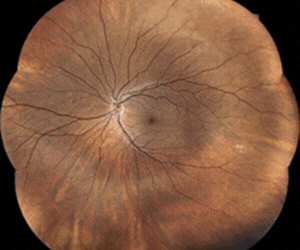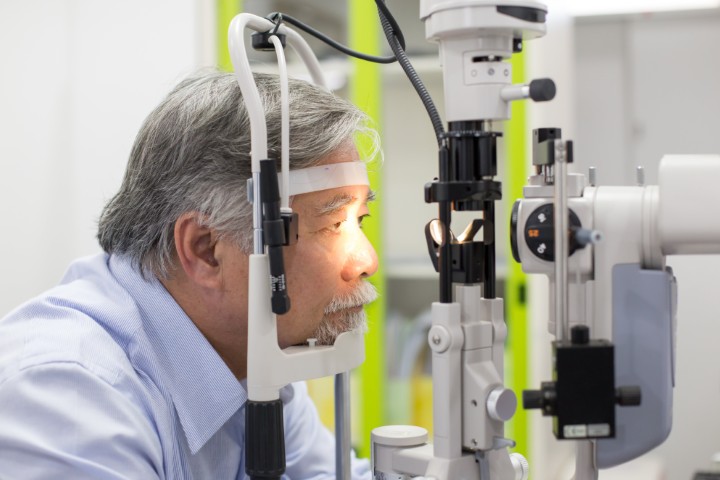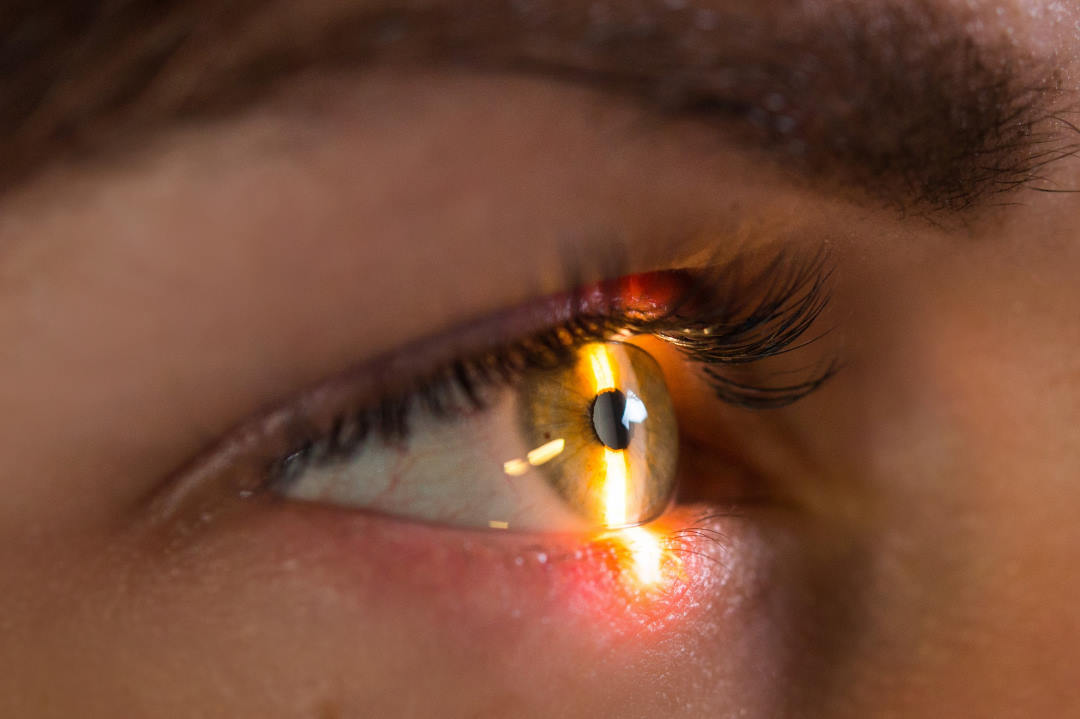Toxic metals and AMD
Australian researchers have confirmed that toxic metals accumulated in the human retina and optic nerve head can contribute to the development of age-related macular degeneration (AMD).
Metals in toxic concentrations were thought to play a role in the development of AMD for some time. However, difficulties in detecting their presence within an intact human retina and in separating primary metal toxicity from the secondary uptake of metals in damaged tissue have hindered progress in this field.
Using bioimaging, University of Sydney researchers identified the presence of several toxic metals in the posterior segment of normal adult eyes. None of the donors had a visual impairment and no significant retinal abnormalities were seen on post-mortem fundoscopy and histology, they reported.
Lead, nickel and iron were found in the retinal pigment epithelium and choriocapillaris in the posterior segment of the eye in all seven tissue donors (age range: 54-74 years), while cadmium (n = 6), mercury (n = 6), bismuth (n = 5), aluminium (n = 3), and silver (n = 1) were also present. In the neural retina, mercury was present in six samples, and iron in one. Iron and mercury were detected in all seven optic nerve heads, while nickel (n = 4), and aluminium (n = 1) were also found. No gold or chromium was detected.
The study concluded that injury to the retinal pigment epithelium from toxic metals could damage the neuroprotective functions of the retinal pigment epithelium and allow toxic metals to enter the outer neural retina, supporting the association between metal accumulation in the eye and AMD.
The study was published by the PLOS One Journal.



























